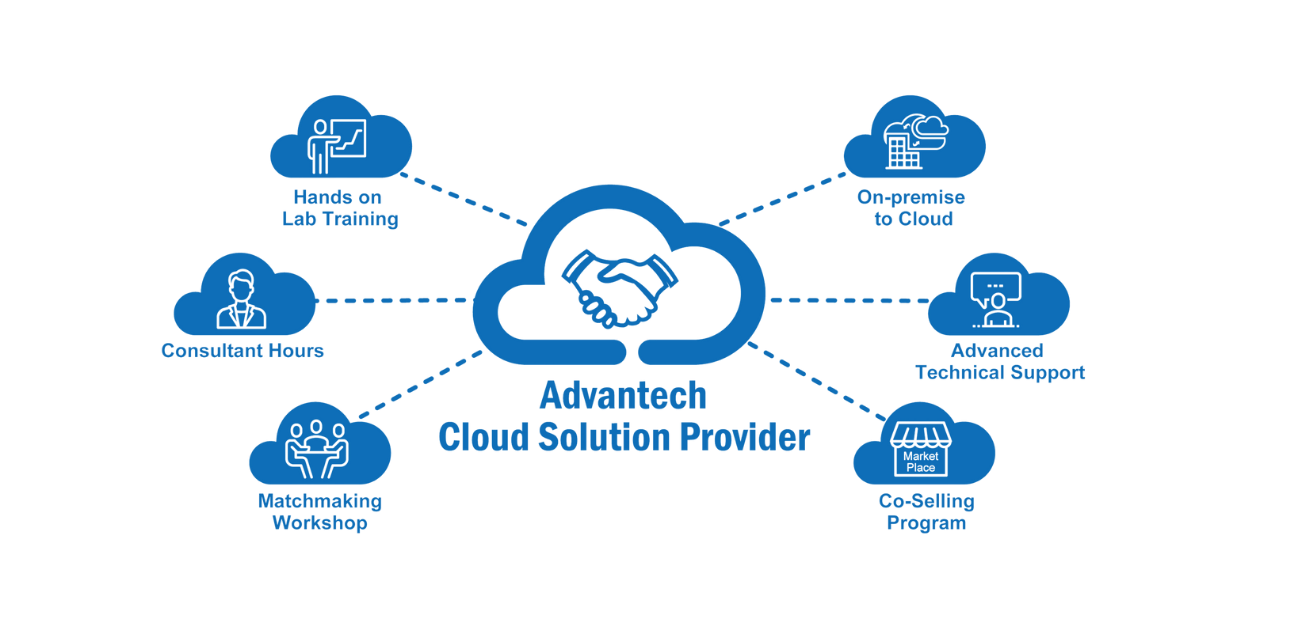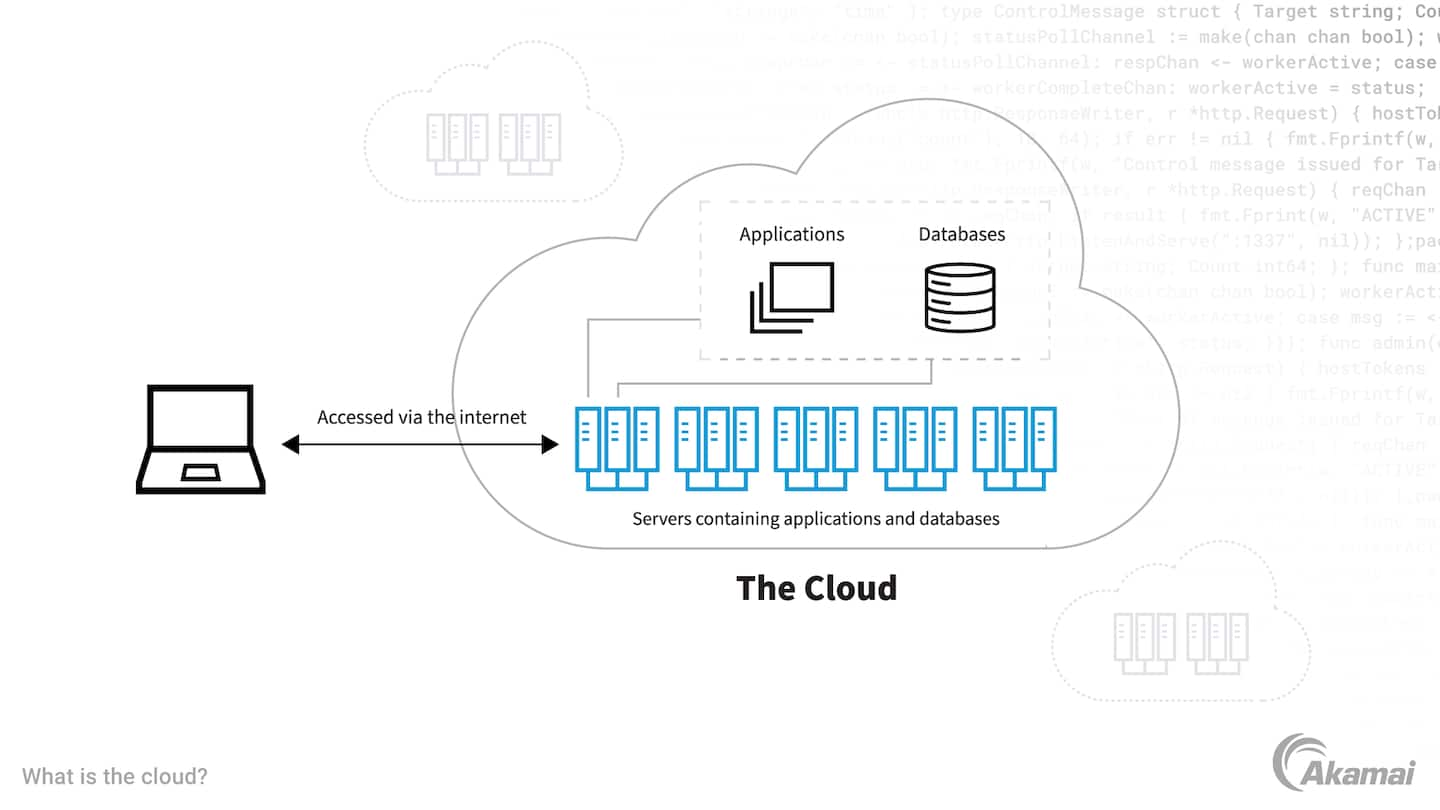Unlocking Success with LinkDaddy Cloud Services: Optimizing Universal Cloud Service Effect
Unlocking Success with LinkDaddy Cloud Services: Optimizing Universal Cloud Service Effect
Blog Article
Simplify Your Infrastructure With Cloud Provider
As services browse the ever-evolving landscape of technology and data management, the function of cloud services in streamlining infrastructure has actually become increasingly noticeable. Just how can companies effectively browse this shift and genuinely open the potential of cloud services for simplifying their infrastructure?
Benefits of Cloud Solutions
Cloud solutions offer a streamlined method to managing IT framework, providing businesses with cost-efficiency, scalability, and versatility. Among the crucial benefits of cloud solutions is the scalability they provide. Companies can conveniently scale their resources up or down based on demand, guaranteeing they just pay for what they utilize. This adaptability is especially beneficial for companies with varying demands or those experiencing development.
In addition, cloud services eliminate the need for services to invest in expensive equipment and software application. This cost-efficiency is a significant advantage, specifically for little to medium-sized enterprises looking to minimize ahead of time expenses. By utilizing cloud solutions, services can access premium IT sources without the substantial cost related to standard facilities configurations.
Moreover, cloud solutions offer services with the adaptability to access their data and applications from anywhere with a net link. This level of availability improves partnership among teams, enables remote job, and raises total productivity. The flexibility offered by cloud solutions encourages organizations to adjust quickly to altering market problems and consumer needs.
Price Savings and Scalability
Along with the functional benefits highlighted earlier, the assimilation of cloud services into a company's infrastructure produces considerable price savings and boosted scalability. Cloud solutions use a pay-as-you-go version, allowing businesses to range resources up or down based on current needs, thus staying clear of the expenses linked with keeping excess ability. This versatility enables firms to adjust swiftly to rising and fall needs without incurring unnecessary expenditures.
Furthermore, cloud solutions remove the demand for upfront investments in software and hardware, reducing funding expenses. Operating budget are likewise reduced as companies no much longer need to handle and keep physical servers, resulting in reduced energy intake and IT staffing prices. In addition, cloud solutions provide automated updates and upkeep, making certain that the facilities stays safe and up-to-date without needing manual treatments.
Boosted Safety And Security Procedures
Implementing rigorous safety procedures is paramount when incorporating cloud solutions right into a firm's facilities to protect delicate data and ensure conformity with market regulations. Cloud solution providers provide boosted safety functions such as information encryption, firewall software protection, and multi-factor authentication to mitigate cybersecurity threats.
In addition, routine protection audits and compliance analyses assist recognize susceptabilities and ensure adherence to market criteria. Firms can also benefit from functions like automated security updates and real-time threat tracking supplied by cloud service carriers. By prioritizing safety actions and remaining proactive in attending to potential threats, services can confidently take advantage of cloud services while safeguarding their important information from unapproved access or breaches.
Transitioning to Cloud Framework
To successfully integrate cloud solutions into a company's facilities, an organized method that deals with the shift towards cloud-based services is vital. Transitioning to shadow facilities entails careful preparation and implementation to make sure a smooth movement procedure - Cloud Services.
Once the evaluation is complete, a movement strategy need to be created. This strategy ought to outline the timeline, sources, and responsibilities for relocating each part to the cloud. It is necessary to connect this strategy plainly to all stakeholders to make certain placement and decrease interruptions throughout the change.
Throughout the migration procedure, testing and tracking are essential to identify and address any concerns quickly. Routine checkpoints need to be established to track development and make needed changes. In addition, training for workers on making use of cloud solutions must be provided to browse this site make certain an effective transition and optimize the benefits of the brand-new facilities.
Finest Practices for Cloud Fostering
Successful fostering of cloud services hinges on the critical alignment of organization objectives with technical abilities and organizational readiness. To guarantee a smooth transition to the cloud, companies ought to begin by performing a detailed evaluation of their existing infrastructure and determining which workloads are best suited for his response cloud migration. It is vital to entail key stakeholders from various departments in the decision-making process to acquire buy-in and deal with any problems beforehand.
One more best technique for cloud fostering is to focus on safety and conformity. Organizations has to very carefully assess the security steps supplied by cloud solution suppliers and make sure that their data is protected according to sector standards and regulatory needs. Applying durable information encryption, gain access to controls, and routine safety and security audits can aid mitigate dangers related to cloud adoption.

Final Thought

As businesses navigate the ever-evolving landscape of innovation and data management, the function of cloud solutions in simplifying infrastructure has ended up being significantly noticeable - linkdaddy cloud services. Exactly how can organizations properly navigate this transition and absolutely open the potential of cloud solutions next for streamlining their framework?
Cloud solutions offer a streamlined approach to managing IT framework, supplying companies with adaptability, cost-efficiency, and scalability. By using cloud services, organizations can access high-grade IT resources without the hefty price tag associated with typical facilities arrangements.
To make certain a smooth change to the cloud, companies must start by conducting a thorough assessment of their existing infrastructure and determining which workloads are best suited for cloud migration.
Report this page